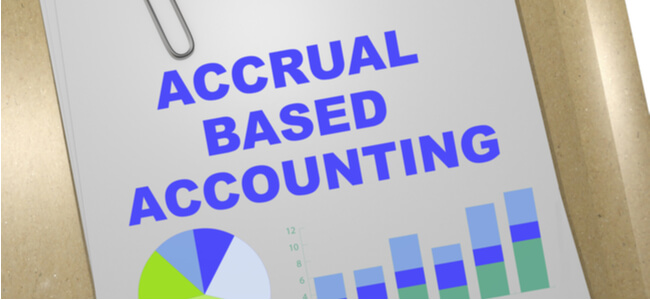What Is A Bill Of Lading And How Do Shipping Invoices Work?

If you or your business have ever come into contact with freight shipment, you’ve heard about the ‘bill of lading’. While the term is quite a common one among business affiliates, many aren’t familiar with the function of this bill.
What Exactly Is A Bill Of Lading?
A bill of lading is a legally binding document issued by a carrier to a shipper for the facilitation of freight shipment.
A bill of lading (BL / BoL) specifies which type of items are being shipped, the quantity of the goods, and its destination. For a carrier that transports goods to a pre-set destination, this document serves as a shipping receipt.
Whether the goods are being transported through air or sea freight, the BL document must always accompany the goods being shipped. This bill must also contain signatures of an authorized sender, carrier, and receiver.
As a bill of lading example, consider a carrier transporting raw material from a plant in California to a manufacturing company based in Kansas. Before loading the material, the driver and a representative from the plant will sign a document detailing the quantity and other information about the goods.
After reaching the destination, the driver will require the signatures of another authorized representative from the manufacturing company.
What Information Does A Bill Of Lading Contain?
To create a shipping invoice, you must pay heed to the following information.
- The complete names of the shipper and the receiver (the signatures must be placed in a visible manner)
- The reference number or the purchase order number
- Special instructions (these are different from extra service requests)
- The pickup date (the carriers and receivers will use this date to track the shipment or reconcile a receipt)
- Product descriptions. This includes the quantity of the goods, weight, material, and so on
- Type of packaging, i.e., pallets, cartons, crates, and so forth
- NMFC freight class. Depending on the quantity, weight, and dimensions of the shipped products, they can be divided into 18 different freight classes. These can affect the cost of shipment significantly
- Special designation for hazardous materials
Why Is The Bill Of Lading So Important?
The bill of lading is mandatory for freight shipment. This is because it serves three distinctive functions.
- The bill holds the title to the freight goods. It also contains a description of the products
- It’s treated as an official receipt between the three authorized parties (the shipper, the carrier, and the receiver)
- It specifies the terms and conditions for the transportation of goods. Receivers and senders can refer to these during receipt reconciliation
What Are The Differences Between Bills Of Lading And Invoices?
A BoL or an invoice of shipment is different from a commercial invoice because they serve two different functions.
- A basic difference between a BL document and an invoice is that an invoice mainly specifies the cost of the products being shipped. A BL doesn’t generally specify this information
- Invoices are dispatched based on the items listed on the BL
- Certain information specified on the BL is missing on an invoice, such as the title to the goods and the NMFC freight class
- A commercial invoice is required by the customs officer for tax clearance. A BL document won’t suffice since it typically doesn’t list any costs
- While an invoice also includes product details, this information is a lot more exhaustive on a shipping invoice. A BL describes the items’ quantity, size, dimensions, packing material, and other characteristics in much greater detail. This is because information on the BL is used to sort the freight into different classes
Who Needs To Issue These Documents?
Bills of lading are generally drafted by the shipper. If you wish to ship goods to customers or a prepaid consignee, you’ll require this document to be dispatched with the products.
- An inland bill of lading is the first bill that has to be procured in international trading. This bill is sent along with cargoes that are delivered by rail and road
- If you’re involved in a sea freight shipment, you’ll be required to sign off an ‘ocean bill of lading’. With this bill, it authorizes a different party or a holder to take possession of the goods. Moreover, an airway bill of lading is needed for air freight
- If you’re shipping goods from Texas to Colorado, with the final destination being somewhere in Europe, you’ll need a multimodal bill of lading
Conclusion
It’s easy to confuse a shipping invoice, also known as a bill of lading, with a commercial invoice. While the difference may not be as striking, remember that they’re intended for separate purposes. Mastering this difference will help establish your business as a major player in its industry.










